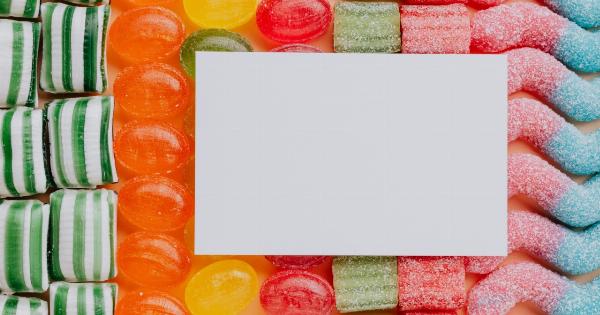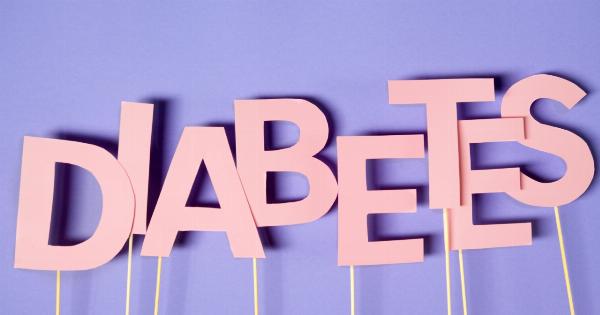Introducing solid foods to your baby is an exciting milestone. It signifies that your little one is growing and developing. However, it is essential to wait until your baby is ready for solids to ensure a smooth transition.
So, how do you know when the time is right? Here are ten signs that indicate your baby is ready for solid foods:.
1. Age
The first and most obvious sign is the age of your baby. The American Academy of Pediatrics recommends waiting until your baby is around six months old before introducing solids.
At this age, their digestive system is more mature, and they are better equipped to digest and absorb nutrients from solid foods.
2. Head Control
Your baby should be able to hold their head up without support. This is crucial because it allows them to sit in an upright position while eating, which reduces the risk of choking.
3. Increased Appetite
If your baby seems unsatisfied with breast milk or formula alone and shows an interest in what you are eating, it might be a sign that they are ready for solid foods.
They may start reaching out for your food or open their mouth when you eat, indicating curiosity and readiness.
4. Tongue Movement
When your baby is ready for solids, they will start moving food from the front to the back of their mouth using their tongue. This tongue-thrust reflex gradually disappears as they approach six months of age.
5. Chewing Motion
Your baby may begin to mimic a chewing motion, even without teeth. This movement shows that they are getting ready for more textured food and can handle small, soft pieces.
6. Sitting Up with Support
Before introducing solids, your baby should be able to sit up while supported. They need to have good control over their upper body to swallow food safely.
7. Weight Gain
Steady weight gain is an indicator that your baby’s digestive system is functioning well.
If they are growing consistently and following their growth curve, it is a positive sign that they are ready to expand their diet beyond breast milk or formula.
8. Curiosity Towards Food
If your baby shows an interest in what you’re eating and tries to grab your food, it may be a sign that they are ready for solids. This curiosity indicates that they are developing their food preferences.
9. Reduced Tongue Thrusting
As mentioned earlier, babies have a natural instinct to push foreign objects out of their mouths using their tongues. However, if you notice that this tongue thrusting reflex is diminishing, it suggests that your baby is ready to accept solids.
10. Good Overall Health
Your baby’s overall health plays a vital role in determining their readiness for solids.
If they are meeting all other developmental milestones, have no underlying health issues, and their pediatrician confirms that they are ready, it’s a green signal to start introducing solids.
In Conclusion
Introducing solids to your baby is an exciting stage filled with new experiences. While every baby develops at their own pace, these ten signs can help you determine when your little one is ready to take their first bite.
Remember to consult with your pediatrician to ensure a smooth transition and for guidance on suitable first foods for your baby.






























